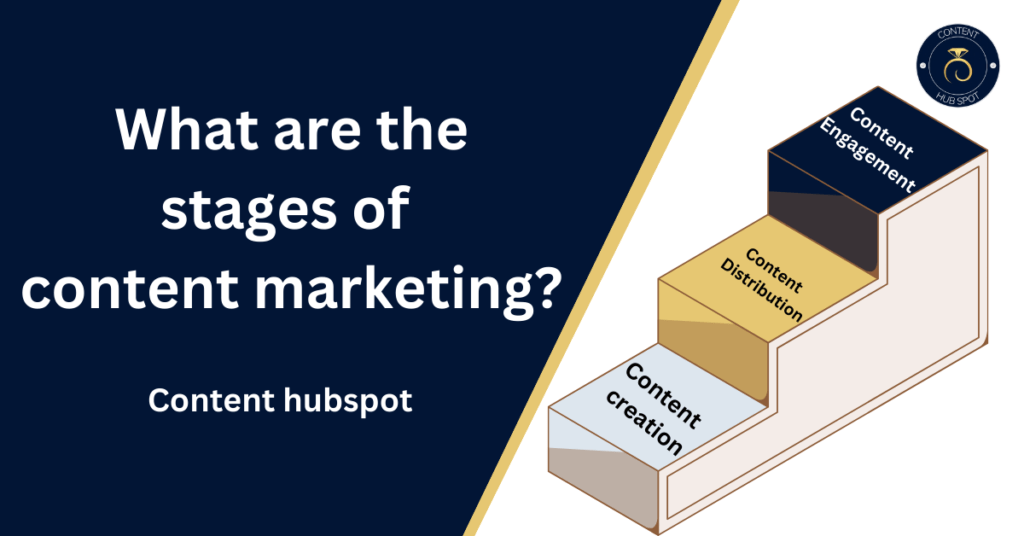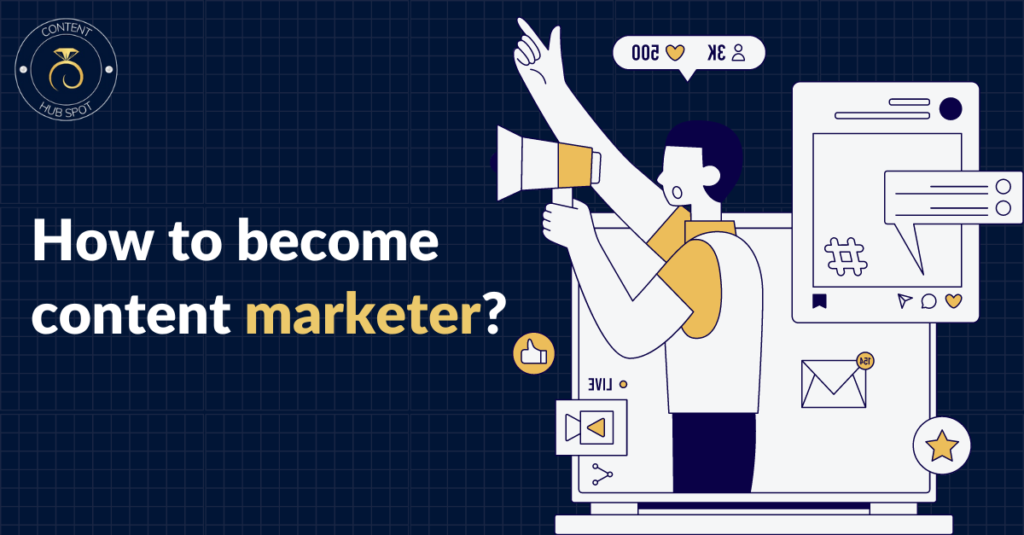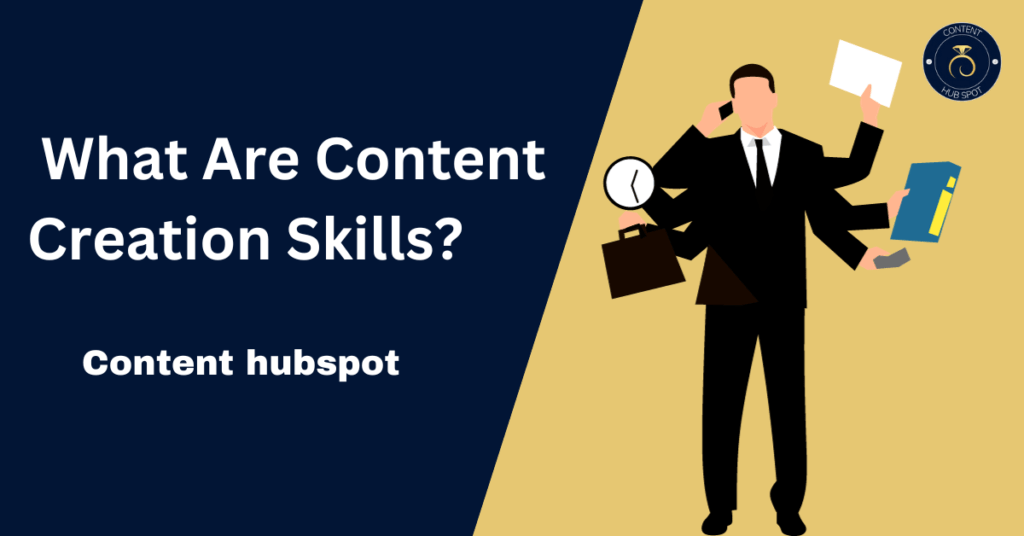
Content marketing is the secret sauce behind many successful businesses in the digital age. It’s all about creating valuable, relevant, and consistent content to attract and engage your target audience. But, did you know that content marketing isn’t just a one-size-fits-all strategy? It’s a journey, with three distinct stages, and I’m here to guide you through them. So, let’s dive in!
Content marketing stages
Stage 1: Content Creation
At the very beginning of your content marketing journey, you’ll find yourself in the “Content Creation” stage. This is where the magic starts. You need to create content that speaks to your audience and provides value. But how do you do that?
Know Your Audience: To create content that resonates, you must understand your audience’s needs, preferences, and pain points. What questions do they have? What problems are they trying to solve?
Quality Over Quantity: Don’t rush to churn out tons of content. Focus on creating high-quality pieces that genuinely help your readers. It’s about building trust and credibility.
Diverse Content: Mix it up! Blog posts, videos, infographics, and podcasts can all be part of your content arsenal. Different people prefer different formats, so cater to various tastes.
Consistency Matters: Consistency is key. Develop a content calendar and stick to it. Your audience will come to expect and look forward to your content.
Stage 2: Content Distribution
Now that you’ve created fantastic content, it’s time to get it out there. Welcome to the “Content Distribution” stage. It’s not enough to make great content; you need to ensure it reaches the right eyes and ears.
Leverage Social Media: Social platforms are the perfect place to share your content. They allow you to engage with your audience directly and reach a wider audience through shares and retweets.
Email Marketing: Don’t underestimate the power of email. Send your content to your subscribers and engage with them through newsletters.
Guest Posting: Collaborate with other websites and blogs to expand your reach. Writing guest posts for reputable sites can drive traffic back to your own.
SEO Optimization: Make your content search-engine friendly. Use relevant keywords, meta descriptions, and alt tags to improve your ranking on search engines like Google.
Stage 3: Content Engagement and Conversion
The final stage is all about turning your readers into loyal customers or clients. This is the “Content Engagement and Conversion” phase, and it’s where your content marketing efforts really pay off.
Engage Your Audience: Encourage comments, likes, shares, and discussions. Engaged readers are more likely to become customers.
Call to Action (CTA): Include clear and compelling CTAs in your content. Whether it’s “Subscribe Now,” “Learn More,” or “Buy Today,” a well-placed CTA can make all the difference.
Lead Nurturing: If you have leads, nurture them. Send them relevant content and offers to keep them engaged and moving through your sales funnel.
Analyze and Adapt: Use analytics tools to track how your content is performing. What’s working, and what isn’t? Adjust your strategy accordingly.
Remember, the journey through these three stages of content marketing isn’t always linear. You may find yourself going back and forth between them as you learn more about your audience and what resonates with them. It’s a dynamic process, and that’s what makes it so exciting.
In conclusion,
Content marketing is a powerful tool for building your brand, engaging your audience, and driving conversions. By understanding and mastering the three key stages – Content Creation, Content Distribution, and Content Engagement and Conversion – you’ll be well on your way to success.
So, start your content marketing journey today, and watch your business grow as you connect with your audience and provide real value. Happy marketing!


